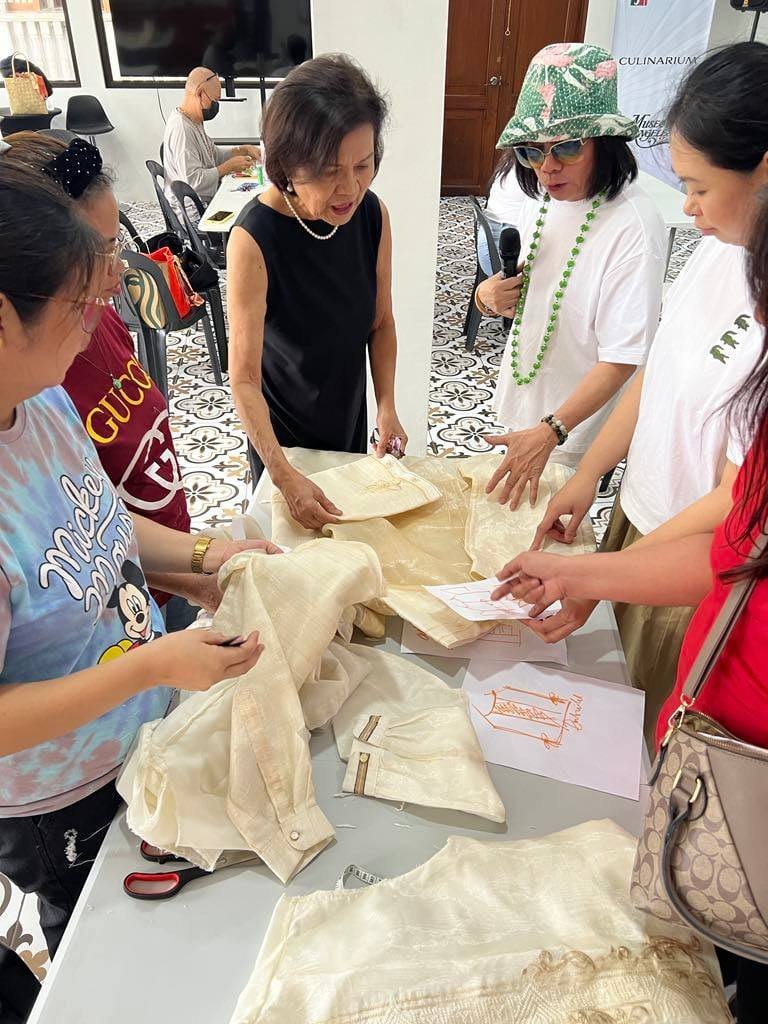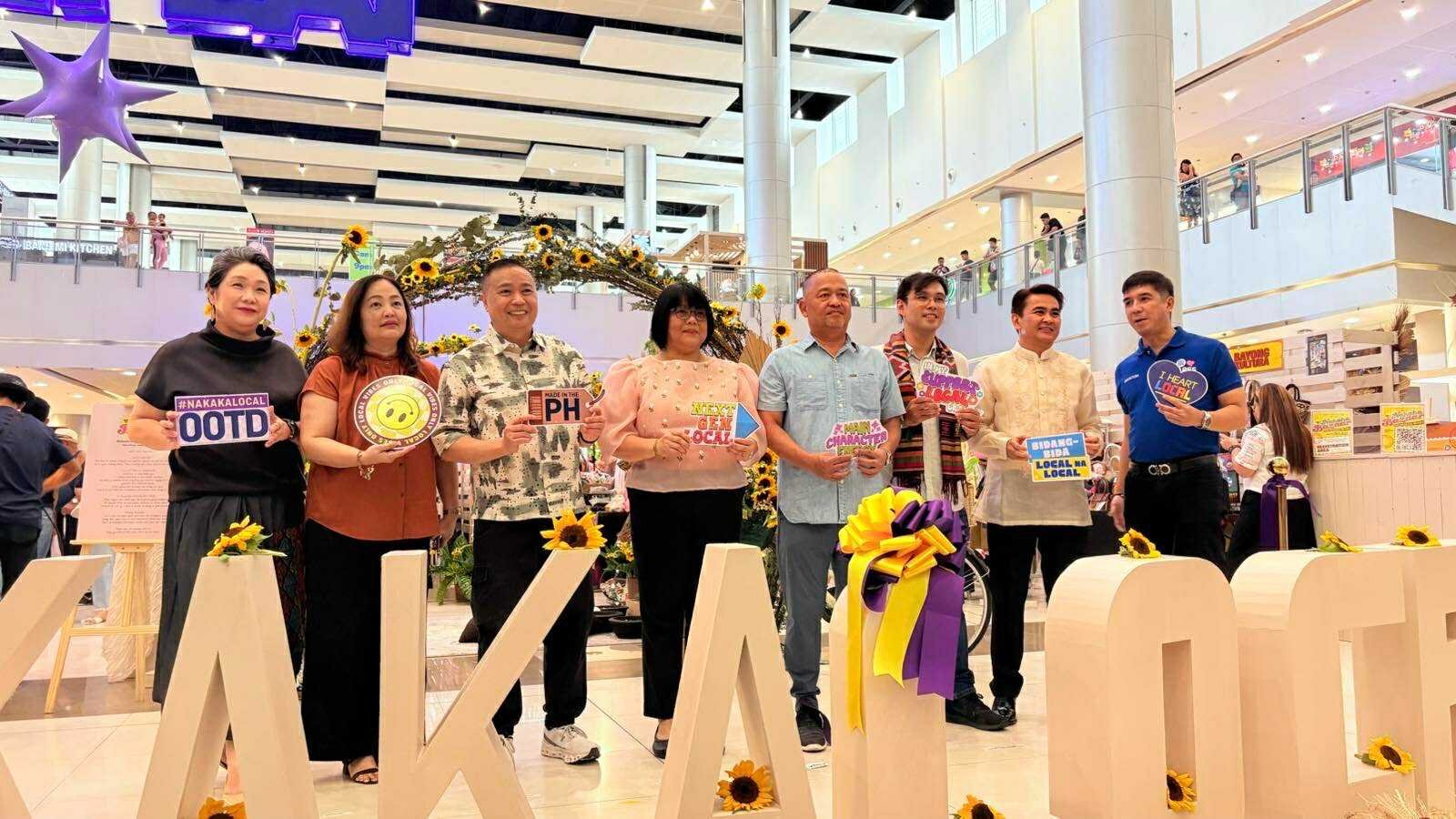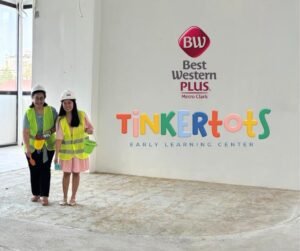The iconic Barong Tagalog took center stage at the Barong Kapampangan 2.0 Repurpose Workshop, which was successfully staged at Museo Ning Angeles on May 7. The event was organized by Kuliat Foundation Inc. (KFI) through the initiative of past president Carmen McTavish, and in partnership with Philip D. Torres of Pidayit House of Fashion.
Barong Kapampangan 2.0 Repurpose Workshop reimagined the iconic Barong Tagalog, blending Filipino cultural heritage with sustainable and creative fashion practices.
Renowned for his unique ability to weave Kapampangan identity into contemporary couture, Torres led participants through a hands-on exploration of how to repurpose traditional barongs into modern, wearable art—without losing their cultural soul.
KFI president Lincoln M. Baluyut expressed pride in being part of the initiative. “The Barong Kapampangan 2.0 Workshop reflects Kuliat Foundation’s mission to preserve and promote our local heritage in ways that resonate with the present generation. This initiative allowed us to merge tradition with innovation—breathing new life into the iconic barong while honoring its cultural significance. We’re proud to support initiatives that keep Kapampangan identity alive through creative and sustainable expression.”
The workshop brought together fashion enthusiasts, heritage advocates, and creatives eager to reimagine heirloom pieces. Guided by Torres, attendees learned innovative techniques that preserved the intricate craftsmanship of the barong while infusing it with renewed relevance and style.
Participants explored innovative techniques to upcycle and transform traditional barongs into modern, functional pieces. From preserving family heirlooms to crafting bold fashion statements, the workshop empowered attendees to give new life to classic garments while honoring tradition.
The event marked a meaningful step forward in sustainable fashion, showcasing how creativity and cultural pride can shape the future of design.



















